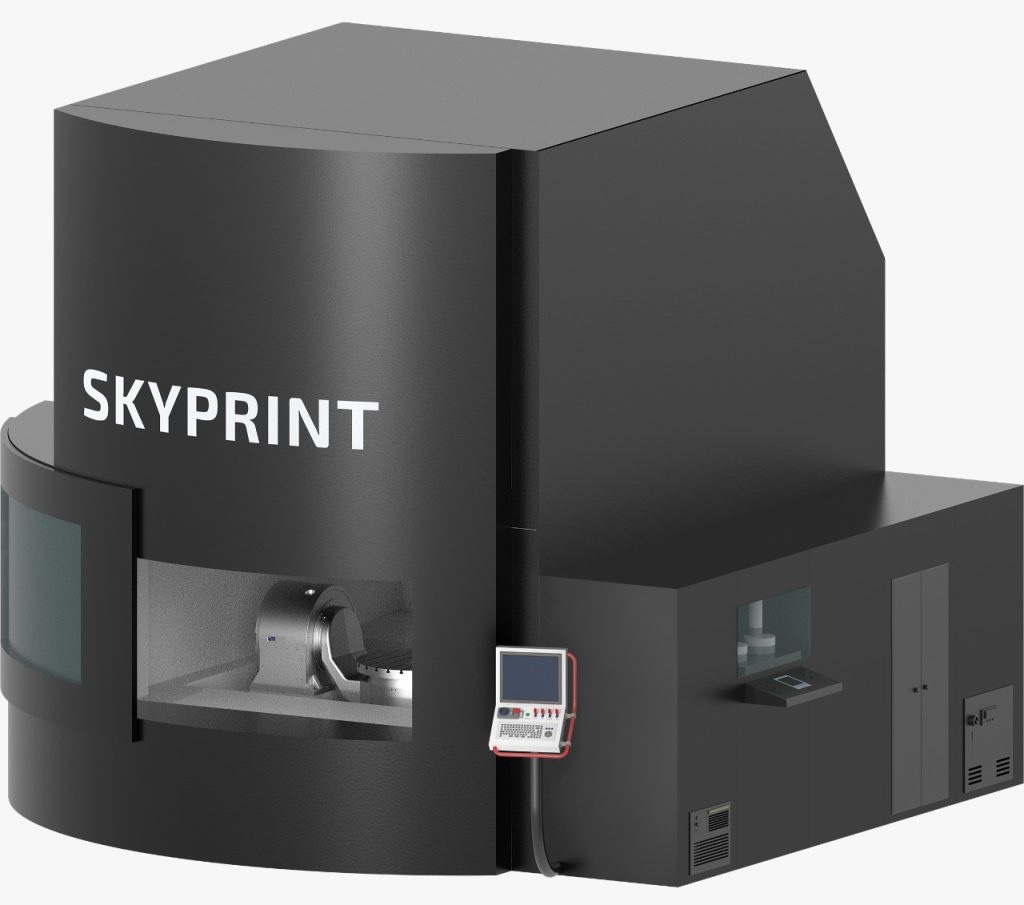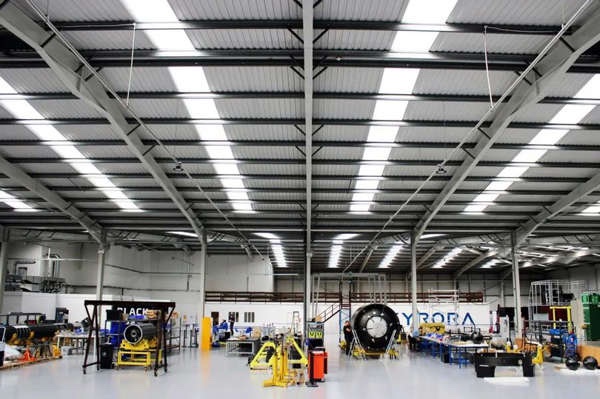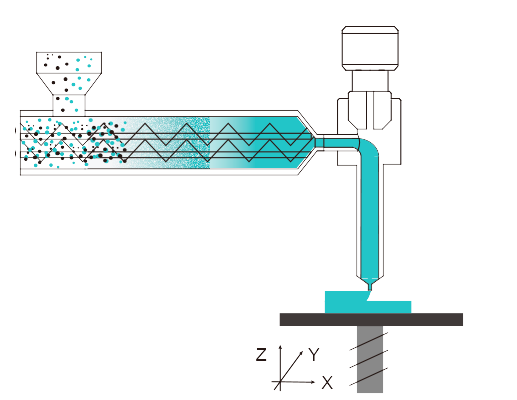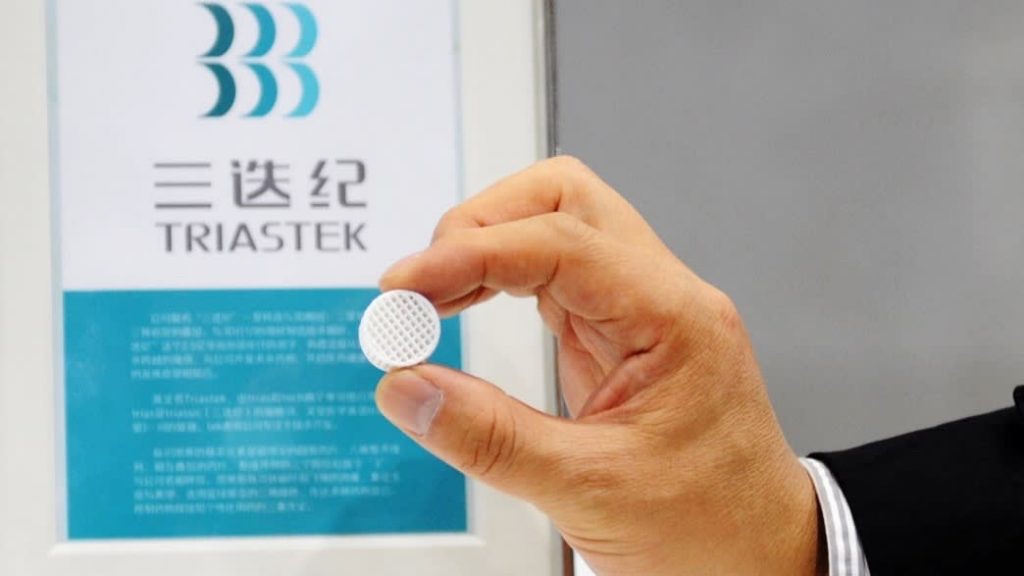Previously, we’ve looked at antifragility as a concept in itself, as well as if 3D printing can make a business antifragile and whether additive manufacturing (AM) as an industry could be antifragile. Now, we’re going to see that, in a world prone to fragile chaos, perhaps AM could make everything more antifragile.
How Might One Consistently Respond to Shocks?
The answer to the above question? They could 3D print their way to antifragility, of course. I’ve previously stated that, from the pint of view of the individual enterprise, 3D printers alone will not make one more antifragile, per se.
However, collectively, all of the 3D printers in the world could be used to repurpose demand, absorb shocks, and produce what is needed where it is needed. 3D printing represents a number of technologies that build an object, layer by layer. AM is modular in that more machines can be placed somewhere and increase production without expensive retooling or changes, all within a small form factor.
During COVID, we saw that AM could be used to make some medical devices and aids to help out in trying times. We must also realize that the technology can perhaps manufacture only about one percent of all the products currently. However, as AM’s capability grows and automation makes its way into the 3D printing industry, the technology can produce more items more reliably more cheaply. At a certain point, significant 3D printing capacity could operate globally to absorb supply and demand shocks for certain categories of high-value goods directly. Additionally, AM can be used to make short-run mold tooling to produce more goods more reislliently in times of chaos and shocks.
So far, we’ve only been discussing resilience. And that is what many are focusing on. However, we can go further and move towards anti-fragility, as well.
Tuned Damping
Tuned mass dampers are large pendulum-like devices that can be affixed to skyscrapers. As this Purdue textbook explains:
“A tuned mass damper (TMD) is a device consisting of a mass, a spring, and a damper that is attached to a structure in order to reduce the dynamic response of the structure. The frequency of the damper is tuned to a particular structural frequency so that when that frequency is excited, the damper will resonate out of phase with the structural motion. Energy is dissipated by the damper inertia force acting on the structure.¨
In one example of this technology, a Japanese skyscraper feature six 300-ton dampers stuck to its 55th floor. They move against the motion of the building in the event of an earthquake to make it sway less, avoiding catastrophic failure. A skyscraper may weigh 222,500 tons, so the devices actually represent only a fraction of the weight of the entire tower. However, by being tuned to the frequency of the building itself, these comparatively small tuned mass dampers can control the motion of the immense building.
Similarly, AM can be tuned to produce just those devices and parts that cause shocks or would be most volatile during shocks. The industry could develop 3D printing not just to make items generally, but to manufacture those critical goods that are the most volatile and whose absence cause the most interruption. To a certain extent, the industry is doing this already by producing high-value items. But, the technology’s development could be much more impactful by creating parts whose supply interruption would result in the most problems, where there is most value to be destroyed or gained. AM would not have to make all of items, but only those whose absence mattered most quickly or whose absence was the most fundamentally important.
Faster Iterations, Engineering and Identification
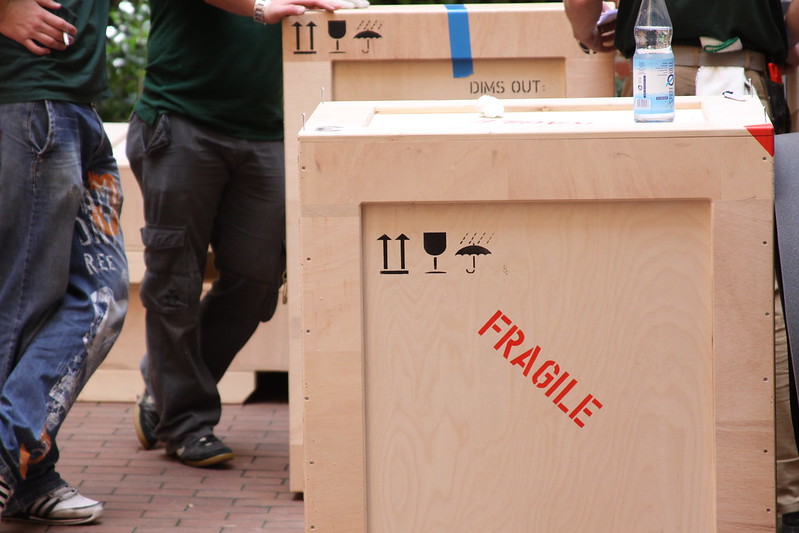
3D printing could not only be used to make that which is requested or needed. The sector could indeed anticipate demand and, over time, find more and more goods of higher criticality. The industry would develop methodologies to reverse engineer parts more quickly. Right now, the sector could put stock and money behind emergency reverse engineering processes.
We’d find out ways to rapidly recreate, qualify, and make items that are needed. We’d discover methods to perform finite element analysis, computational fluid dynamics, part optimization automatically with little human involvement. We’d find out ways to scout for far better candidate components. Our methodologies would evolve as we became better and better at dampening global shocks. More money would be available as 3D printing proved able to manage shocks better.
What’s more, this modular capacity means that the technology can quickly change not only individual products but also produce goods for entirely new industries. Problems with certification and quality costs would need to be solved, but hearing aid machines could become jewelry mold machines which could become headphone machines which could become medical device machines. Society should prepare to be able to immediately switch production from one family of parts to new ones. We should have fast-responding markets that match demand with capacity. We would also need to make many more containerized manufacturing solutions available to be produced in new regions, closer to the consumer or to circumvent shocks by enabling production in new countries.
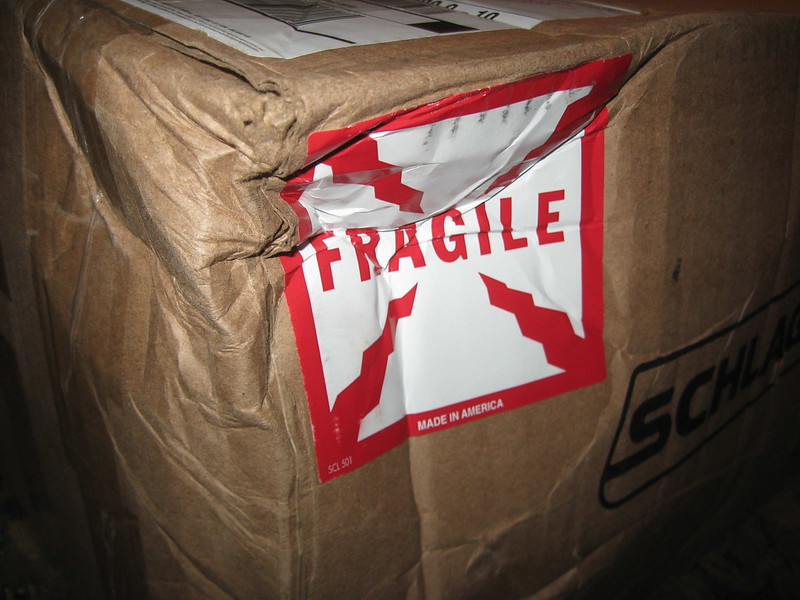
An Antifragile World
In this way, our global society could move from being resilient to being antifragile over time. In other words, AM could make the world more antifragile because, over time, the AM industry could fail faster every day and iterate faster every day. It could learn to improve its designs and manufacturing skills to more quickly manufacture more with less.
In turn, 3D printing might not only make a business more antifragile, but make the world more antifragile. And this would be far more profitable than whatever it is that a given AM business is doing right now. By consistently being able to anticipate and respond more quickly to manufacture the items needed most where they are needed most, the 3D printing sector can make highly profitable goods in the exact quantities that are needed for the right price.
As an industry, we may not be able to make everything, but we could make what matters. And we would not have to make everything. Just like tuned mass dampeners, AM would not have to hold the entire building. It would not have to buttress it. It would just have to intelligently move at the right time in the right direction. 3D printing would make exactly what the world would need to such a degree as to make commerce more antifragile.
Images: Mark Turnaukas, Hsing Wei, Treybunn2.
The post Can 3D Printing Make You Antifragile? 3D Print Your Way to Antifragility appeared first on 3DPrint.com | The Voice of 3D Printing / Additive Manufacturing.
